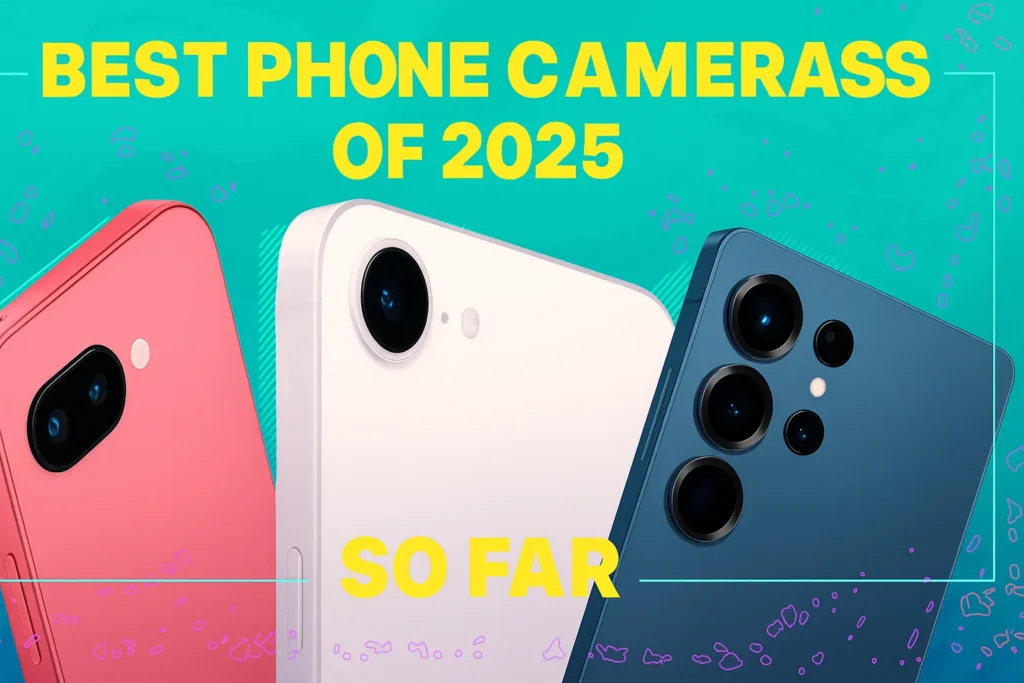Zero Click Searches mean that in the age of instant information, many searches don’t end with users clicking a website. Instead, people find answers directly on the search engine results page (SERP), bypassing traditional websites. These interactions are called “zero-click searches.” If you’re concerned about how zero-click searches could impact your SEO strategy, don’t worry. This article will guide you through what zero-click searches are, why they’re growing, and how to adapt your SEO approach.
Key Takeaways:
- Definition: Zero-click searches are search results that fulfill the user’s intent without requiring a website click.
- Growth: Increased search features like AI overviews and featured snippets drive zero-click searches, enabling instant answers.
- Types: The main types of zero-clicks searches include featured snippets, answer boxes, knowledge panels, local packs, and “People Also Ask” sections.
- Optimization: Adapt your strategy by structuring content for quick answers, increasing E-E-A-T, adding schema, and prioritizing local SEO.
What Are Zero Click Searches?
Zero-click searches occur when search engines display answers directly on the SERP, satisfying user intent without needing a click-through. Examples include seeing the weather, a film cast list, or basic facts about a famous figure directly on the results page. Search engines pull this information from third-party sites, reducing the need for users to click on source websites.
These searches benefit users by quickly answering questions, but they present challenges for SEO-focused sites, as they don’t get traffic when users don’t click through. This trend affects revenue, brand visibility, and opportunities to engage users.
Why Are Zero Click Searches Increasing?
There’s a significant rise in zero-click searches driven by user preferences and advancements in search technology. A 2021 study found that 62.4% of searches resulted in zero clicks, indicating a steady increase since 2017. Here are some reasons for this growth:
- Search Features: Google and other engines offer more comprehensive search features that display instant information, such as AI-generated overviews and featured snippets.
- Google’s Ecosystem: With Google owning properties like YouTube, Google Flights, and Maps, search traffic is often redirected to Google-owned resources.
- Alternative Platforms: Users also search on social media, YouTube, and shopping sites like Amazon, often bypassing traditional search engines.
These factors make it essential to adapt SEO strategies for zero-click environments.
Types of Zero Click Searches
Several SERP features contribute to zero-click results:
1. AI Overviews
AI overviews provide concise summaries at the top of the SERP, using language models to pull information from multiple sources. These are typically used for factual queries and offer clickable citations.
2. Featured Snippets
Featured snippets present short answers at the top of the SERP. They can include text, lists, tables, images, or videos from a source, alongside a link for additional information.
3. Direct Answer Box
Direct answer boxes are streamlined featured snippets providing simple answers to questions like “Who holds the record for most home runs?”
4. Knowledge Panels
Knowledge panels display detailed information about public figures, organizations, and places on the right side of the SERP, often resulting in zero clicks for basic information queries.
5. Local Pack
The local pack feature shows nearby businesses and their details, often leading users to directly call or visit without going to a website.
6. People Also Ask (PAA)
The PAA feature shows related questions with expandable answers, allowing users to explore more without leaving the results page.
How to Optimize Your SEO Strategy for Zero Click Searches
Here are some strategies to ensure your content remains visible and valuable, even with zero-click trends:
1. Be Selective with Keywords
Focus on keywords likely to appear in zero-click features that still offer brand visibility. Tools like Ubersuggest can help identify keywords associated with SERP features like featured snippets and PAA sections.
2. Structure Content for Quick Answers
To increase your chances of being featured in zero-click results, structure content for skimming and quick comprehension:
- Use bullet points and lists.
- Write short sentences and paragraphs.
- Include question-based subheadings.
3. Improve E-E-A-T for Credibility
E-E-A-T (Experience, Expertise, Authoritativeness, and Trustworthiness) is vital for securing citations in zero-click results. Build a trustworthy profile with:
- An informative “About” page.
- Articles by industry experts.
- Regularly updated content.
- High-quality backlinks.
4. Use Schema Markup
Schema markup helps search engines understand your site content and increases the chances of appearing in structured SERP features. Prioritize schema types like Product, Review, Organization, and Local Business for better zero-click visibility.
5. Optimize for Local SEO
Enhance your local SEO to increase your appearance in map packs, knowledge panels, and local snippets:
- Optimize your Google Business Profile.
- Encourage customer reviews.
- Use consistent NAP (Name, Address, Phone Number) information.
- Build local backlinks.
6. Monitor Your Strategy’s Success
Use tools like Barguest’s Rank Tracking feature to assess your zero-click strategy’s performance. If rankings drop, refine your keywords, structure, and schema to improve.
Search Everywhere Optimization
With search behavior shifting, “Search Everywhere Optimization” (SEO) means adapting content for multiple platforms, not just Google. Users find information on social media, AI tools like ChatGPT, and shopping sites. Ensure your content is optimized across all channels, from traditional search to social platforms and AI-driven engines. This approach builds brand awareness across diverse platforms, reinforcing authority and increasing direct and referral traffic.
FAQs
What are zero-click searches?
Zero-click searches are search results where users receive an answer directly on the SERP, reducing the need to click on external websites.
Is it fair for Google to display zero-click results?
Google aims to deliver a seamless user experience, and displaying concise answers meets user needs. However, Google usually links to original sources for more in-depth information, allowing users to visit sites if desired.
How can you optimize for zero-click searches?
To optimize, use local SEO tactics, structure content for quick answers, include schema markup, and prioritize high-E-E-A-T content.
Conclusion
Zero-click searches are now a permanent part of the search landscape. While they may reduce website traffic initially, you can regain visibility by optimizing your SEO strategy. Leverage your E-E-A-T, structure your content for specific questions, and utilize schema to increase the chances of featuring in zero-click results.
In addition to adapting your SEO approach, invest in Search Everywhere Optimization to ensure your content appears across multiple platforms. Zero-click trends may shift search behavior, but with the right strategy, your brand can remain relevant and visible wherever users search.






One Response